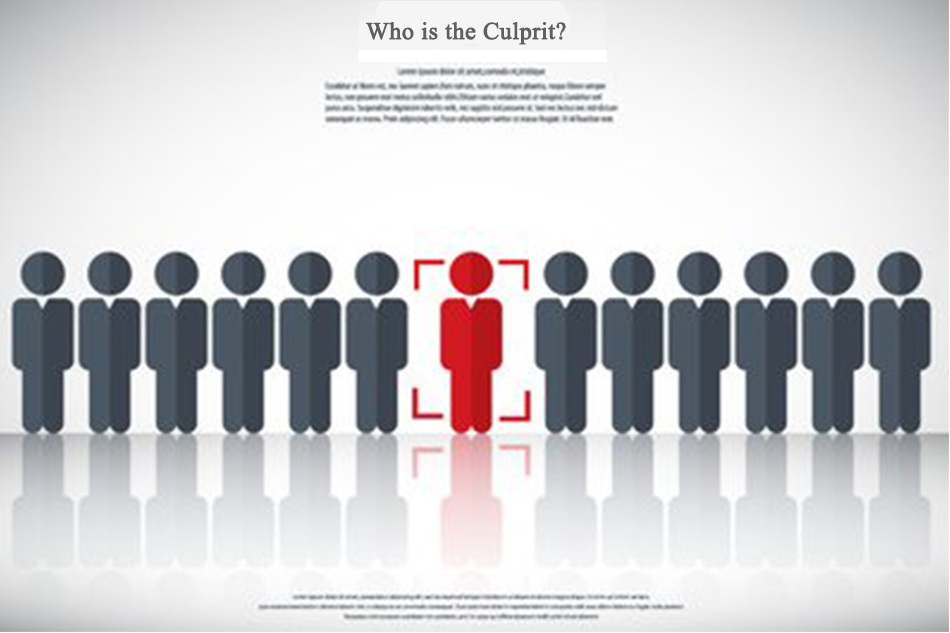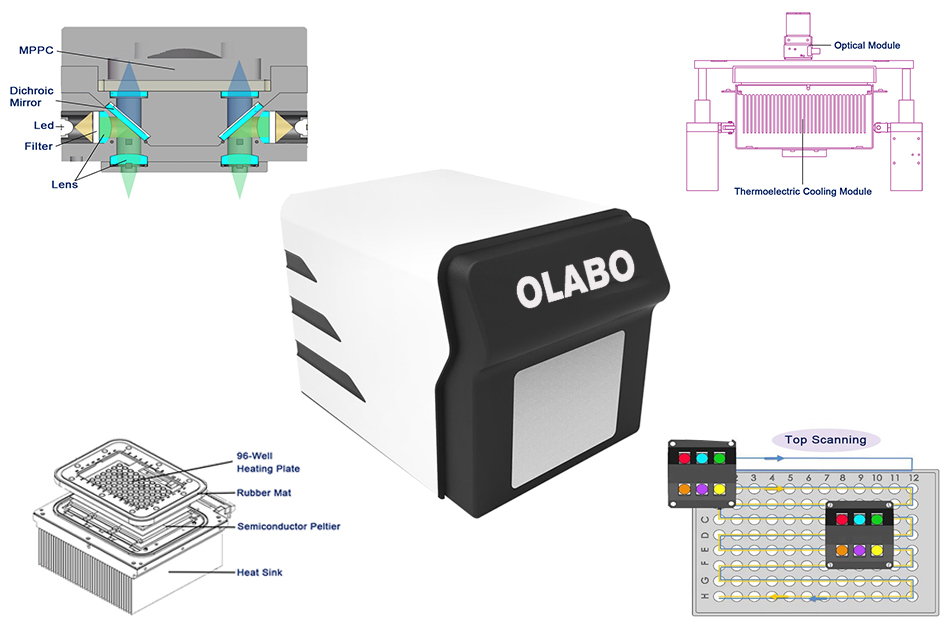Police departments, prosecutors and crime labs around the world have harnessed the power of polymerase chain reaction (PCR) to help investigate crime scenes. PCR helps build a map of DNA, where each individual has a unique barcode, is a great example of how biology and technology converge to solve societal problems.
HOW ARE WE DIFFERENT?
After the completion of the Human Genome Project, it was determined that the genome consists of approximately 3 million bases. Of that, 99.5% is the same for all humans, which means we’re not that different.
The variation we observe that makes each of us look unique is revealed to be mainly due to differences in the number of repeated sequences for particular regions of the genome. Of these regions, Short Tandem Repeat (STR) has been identified and is the most commonly used repeat (using 13 loci or regions) in application today.
DNA PROFILING THROUGH STR
STR is composed of repeating 3-4 nucleotide bases found throughout different loci in the human genome. Each individual inherits two copies, or alleles from their parents, hence, an STR profile could be built.
For different populations, several loci have been used as the standard in the identification of individuals. To match STR profiles, the repeat numbers for each allele should be the same. For example at the D3S1358 locus (see Figure 1), if the sample obtained has an STR profile at that locus of 7,5, then suspect B is already excluded to match the sample obtained. If allele profiles match, then the probability is calculated depending on the frequency of the allele for the particular location. This implies that the suspect is not automatically the definite source of the sample when the STR profiles match.
Databases have also been established to aid in the investigation process such as the Combined DNA Index System (CODIS), maintained by the US FBI.
PCR IN STR PROFILING WORKFLOW
1. Investigations start from the collection of biological materials such as teeth, hair, bones, and fluids from the crime scene.
2. Samples are then transferred to the forensic laboratory for further processing where DNA is extracted from the samples (~1 ng of sample is adequate for PCR).
3. The specific STR loci are targeted and amplified through PCR. PCR fragments are further analyzed through sequencing or electrophoresis.
4. STR profiles are then generated and if available, checked with suspect profiles or databases.
STR profiling requires robust thermal cyclers to aid in the investigation process. Reliable results are needed from wet lab experimentation to help police departments and prosecutors for their reports. OLABO offers thermal cyclers with excellent heating and cooling rates, accurate, and uniform temperature to ensure reliable STR profiles.
At the same time, PCR machines are also widely used in the detection of the new crown epidemic.
According to the “Quick Guide for Diagnosis and Treatment of Novel Coronavirus Pneumonia”, the main clinical manifestations of new pneumonia are fever, in addition to dry cough, shortness of breath and other symptoms.
Understanding the clinical symptoms of new pneumonia can only be used for simple judgment of the condition and help reduce panic. Subsequent diagnosis requires the use of real-time fluorescent quantitative PCR technology for nucleic acid detection.
Click to learn more: Olabo Fluorescent Quantitative Detection System
Post time: Apr-29-2022



